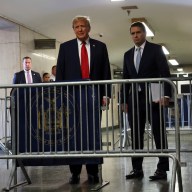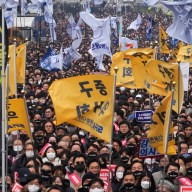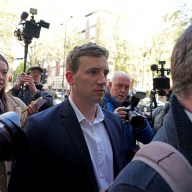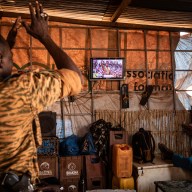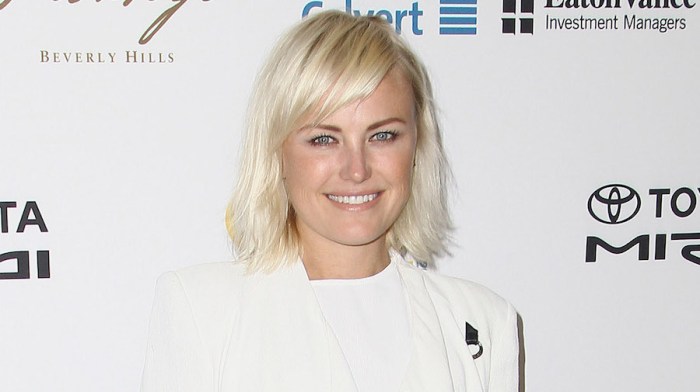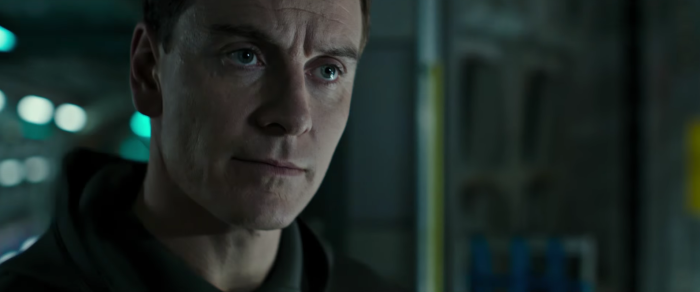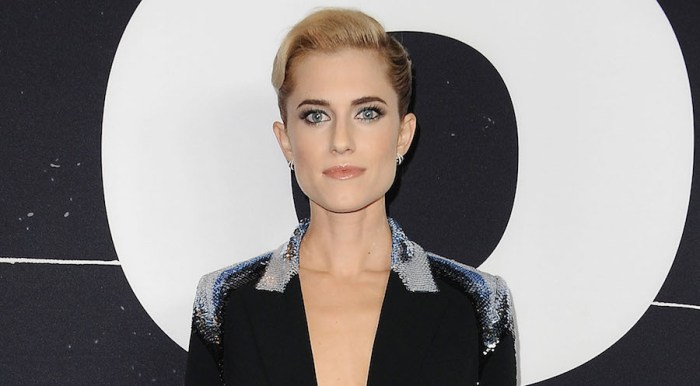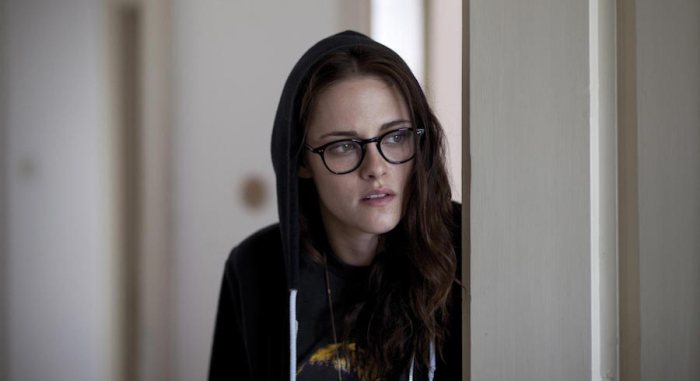Eclipse Series 43: Agnes Varda in California Since her 1955 debut “La Pointe Courte,” Agnes Varda has roamed the globe with camera in hand, shooting whatever strikes her fancy and finding room for it, wherever she can, in her dozens of films. Her roaming approach foresaw the social media revolution; she’s been doing pictures-or-it-didn’t-happen since the infancy of lightweight cameras and affordable film stock. But her approach tends to lie on the opposite of narcissism. Sometimes she injects herself or what’s going on in her life into her work, but such actions tend to be oblique. If, as Wim Wenders has said, selfies are a perversion of photography, she’s always been looking out, entering the world so as to document its many, often literally colorful riches. RELATED: Interview: Agnes Varda talks nostalgia, Facebook, Bjork There are only five films in the new DVD set “Agnes Varda in California,” released by the Criterion deep cuts off-shoot Eclipse, and they’re all set in the Golden State, a place she visited twice during separate long stays. All five films happened by chance, some in the wake of bigger productions that failed to coalesce. Her first sojourn happened from 1967 through 1969, when her husband, equally luminescent filmmaker Jacques Demy, had his brief and troubled stint in Hollywood. He made the ignored “Model Shop” — intended to star Demy and Varda’s no-name friend Harrison Ford, whom execs replaced with the far more bankable “2001: A Space Odyssey” mannequin Gary Lockwood — while Varda bounced around, churning out three vital and free works of her own. They’re all of different colors too. The most boisterous is “Uncle Yanco,” a 20-minute valentine/hang-out with one of Varda’s Greek relatives. She’d never met the aging bohemian, who had relocated to the States in 1931 and, by the mid-’60s, had found himself at his happiest as the counterculture swarmed over the Bay Area. Only a week elapsed from the film’s conception to end of shooting, and it bounds in both the psychedelic colors of Yanco’s paintings and the playful way it had been constructed. Varda restages their initial meeting, and even includes the multiple takes to get it almost right, while the film’s textures and bounciness are rich in the happiness that comes from life by the sea and living amidst, as Yanco giddily puts it, “a revolution without bloodshed.” The half hour-long “Black Panthers,” from 1968, is of a different tenor, but it’s no less drunk on excitement. Despite the basic title (although it’s sometimes named “Huey”), it views the activist party from the strict confines of an Oakland protest over the release of jailed leader Huey P. Newton. Varda soaks up the sights and the rhetoric, catching little details — like a fascinated zoom in on a man’s African art necklace — as well as the fiery words of Kathleen Cleaver, Stokely Carmichael and more. It’s a necessary piece of humanization for a movement at the time (and often since) demonized; its view of them as community outreachers and even feminist pairs perfectly with the nuanced and thorough portrayal in Stanley Nelson’s new doc, “The Black Panthers: Vanguard of the Revolution.” Varda herself is missing from the film, both in the footage and on the soundtrack. (An unidentified American woman serves as narrator.) But as ever, what’s in the film betrays her rabid curiosity, even as it connects to her own life. In this case it’s her political streak, seen in 1963 film “Salut les Cubains” — another look at a people’s movement looking to enact real change in ways that will change things for real. The dark side of the counterculture, eventually, to a point, is shown in 1969’s “Lions Love (…and Lies),” which came about on a whim after a bigger production, which would have necessitated studio interference, collapsed. Instead, she did her own thing, snapping up Warhol regular Viva plus “Hair” conspirators Gerome Ragni and James Rado to lounge about, often in states of undress, in a Hollywood Hills manse, whiling away the days and indulging in the excess their money has afforded them. (Sporadic cutaways to old white male execs hemming and hawing about giving a female director final cut play as both parody and recreated fake documentary footage.) RELATED: Criterion’s Jacques Demy box set mixes the light with the dark The assassination of Robert F. Kennedy happened during filming, and the movie followed suit. What had been a hang-out film with a sometimes obnoxious threesome — with filmmaker Shirley Clarke (“The Connection,” “Portrait of Jason”) as a fourth wheel — becomes a portrait of malaise as solipsism and retreat. The ’60s end mid-movie, long before 1970 has reared its head. The presence of Clarke is key, as she, like Varda, is another female filmmaker prone to mix documentary and fiction. The lines are so blurred in “Lions Love” it’s not even worth investigating what’s real and what’s staged, though they’re often both. Even a bit where Clarke throws a fit mid-scene, prompting Varda to scuttle into frame and briefly replace her, could be as fake as the naked lounging is real, which is to say sort of. Varda returned to California in the late ’70s, again to make another aborted film. And again, she turned her wanderings into improvised movies. “Mur Murs,” from 1981, is one of her peripatetic studies of a specific phenomenon, in this case the many, diverse and wowing murals that dot Los Angeles. There are plenty of gorgeous eyesores that regularly take up the majority of the frame, but “Mur Murs” also becomes a look at communities — not just the diverse and countless microcosms she happens upon in her travels, but about the larger community she forms by joining them together in one singular film. And like all her films, it showcases her talent at documentary exposition, finding playful and visually striking ways to convey basic information, even if it’s just a series of quick cuts between bold close-ups as she waxes philosophical and amiably on the soundtrack. Great joy abounds in “Mur Murs,” but its sister film, “Documenteur,” also from 1981, is a study of her own depression, even as it constantly looks outward into the world. Varda subtitled it “an emotion picture” and it’s obliquely tied to her brief split with Demy, following, in a fractured half-narrative, a French woman (Sabine Mamou) as she holes up in a new apartment with her son (her real son, of course, Mathieu) and mixes up alone time at home and necessary journeys outside — as though exposing herself to strangers would help her through her melancholy. RELATED: Harrison Ford talks “Paranoia” and his history with Agnes Varda and Jacques Demy How much of it is autobiographical is up in the air and, as with the semi-truths of “Lions Love,” ultimately irrelevant. But though the colors are overcast and blue, it doesn’t get bogged down in its own sadness.People-spying abounds, but it briefly turns inward, in a scene where Mamou disrobing on her bed and staring at herself in mirrors — the looker becoming both a looker and the looked-at. The connections between “Documenteur” and the four other California films are tenuous but rich, and they’re all joined by the boundless curiosity of a filmmaker whose camera, as Soviet filmmaker Dziga Vertov once dreamt it, became her eye. All five films can be found in the Eclipse box “Agnes Varda in California.” Follow Matt Prigge on Twitter @mattprigge
$44.95
‘Agnes Varda in California’ shows off a restless, ever-curious filmmaker
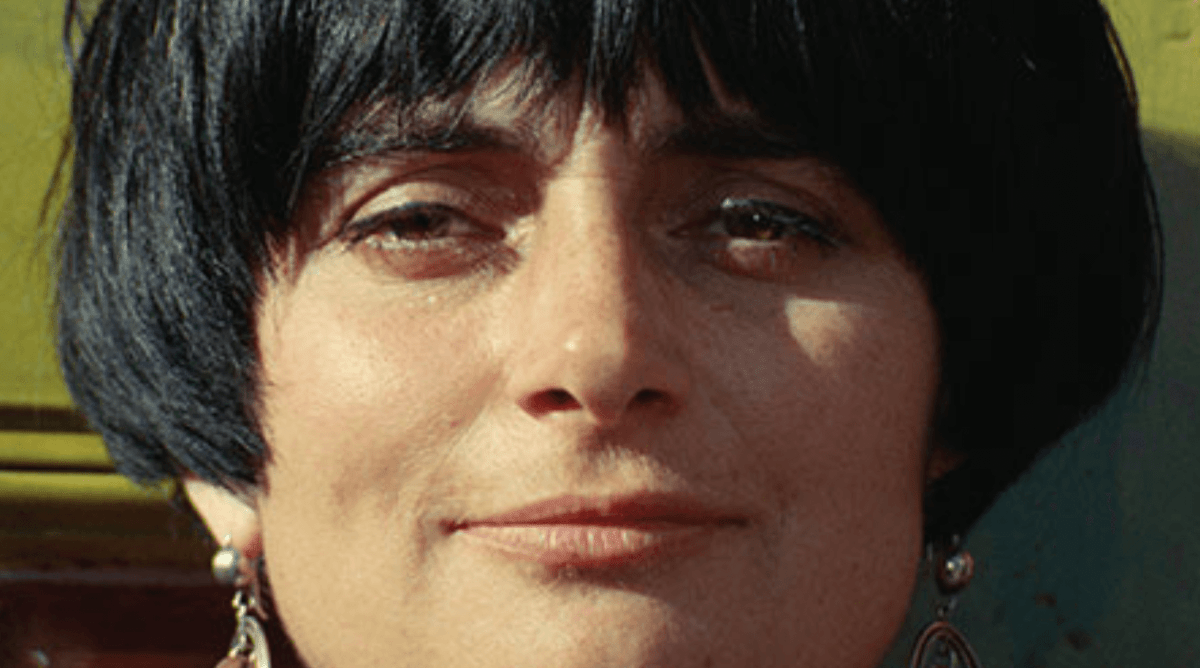
Eclipse






